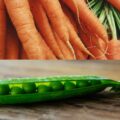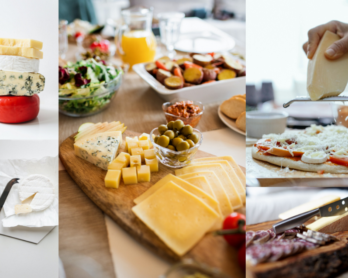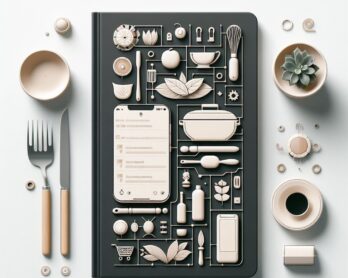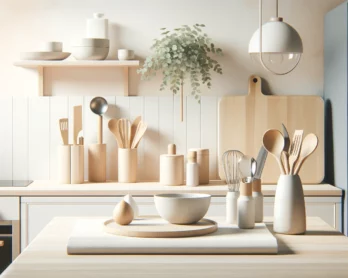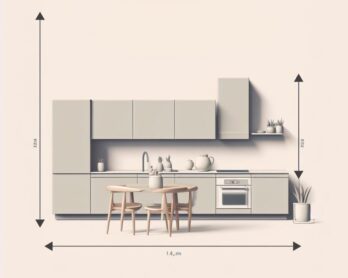Buying Kitchen Cutlery Just Got Easier: Knives Cooks Love will Sharpen your Knife Knowledge and Skills
Knives Cooks Love by Sarah Jay, Andrews McMeel (published for Sur La Table); is a concise yet comprehensive guide to almost every question one might have about knives.
From sharpening to honing; paring to peeling; ceramic to carbon steel this book covers knives from every angle. Knives Cooks Love offers so much more than expected. It is, as promised, a survey of the knives cooks love. It is also much more.
Suggesting What’s in Store, it is Subtitled: Selection. Care. Technique. Recipes.
In just under 200 pages this book delivers straightforward information such as various materials from which knives are made. Anchored in a bit (just a bit) of history and covering the knife-making centers of Germany, Japan, France, Italy, England, and the US. This book also helps cooks select knives by function and design. This is a book for everyone who hasn’t been to culinary school.
Slice through your Knife-buying Questions; Improve your Knife Skills
Know what a Santoku knife looks like? (divots in the blade) What’s a Granton edge? (the first to have them) Why wouldn’t you use a serrated bread knife to carve a turkey? (so many reasons) Why might you use a Santoku for slicing fish, meat or vegetables? (“san” is three in Japanese, this knife is designed for three functions) What do fish knives and carving knives have in common? (thin blades) A bread knife and a tomato knife? (both serrated) Why do cleavers have that hole in one corner? (to hang them up!) All these questions, and many more are addressed.
Not only does this well-written book take you through traditional knife materials, it also covers innovations, and “cutting edge” materials. It also explains the quality differences in various manufacturing methods (forged vs stamped?) Blade materials (ceramic, carbon steel, tungsten) as well as functionality are explained in a manner that makes a home cook’s decision-making immensely easier.
Some of the information might be surprising. Haven’t we heard that a dull knife is more dangerous than a sharp one? Urban myth or not? What’s the difference between honing and sharpening? Helpful call-out boxes, tips and numbered illustrations take the home cook through the purchase of their most important kitchen tool.
- One of the best tips ever shared: place a damp paper towel under a slippery cutting board to ensure a stable cutting surface. Many fingers were nicked before this lesson was stumbled upon.
- Hone to maintain and sharpen every six months to a year.
Fundamental Knife Skills Illustrated
Fundamental techniques are demonstrated with ample pictures and the second half of the book is filled with basic techniques and recipes which employ them.
All this and recipes, too? More than twenty! For example, Spicy Steamed Mussels with Fennel and Tomatoes. It employs 4 techniques (1/4” crosswise slice; 1/4” dice; mince; and chiffonade). Each is cross-referenced to photos and page numbers.
Did you know:
- Many people believe that giving a knife as a gift can be bad luck. Traditionally, if one gives a knife as a gift (and I don’t know a cook that would be unhappy with that) it is said, one should also give a coin. This “repairs” any luck severed by the knife gift. Some hold that the recipient must then give back the coin to symbolize the intact circle of friendship.
- Most inexpensive knife sharpeners can damage a good blade. A whetstone or steel is best. Better still – have your good knives sharpened by a professional. It’s inexpensive and your best bet to protect the investment in your knives. You wouldn’t put no-name gas into a Ferrari, right?
- Many kitchen supply stores have sharpening services. Call a head.
Sharpen your skills with a class – see your local adult ed or culinary arts program. Most often they will offer a knife skills class. Also, check out video demos that you can watch and learn from for free.
Therefore, Buying Kitchen Cutlery Just Got Easier 🙂
Magnetic knife Case Keeps Your Knives Sharp
| Image sources |
|---|


